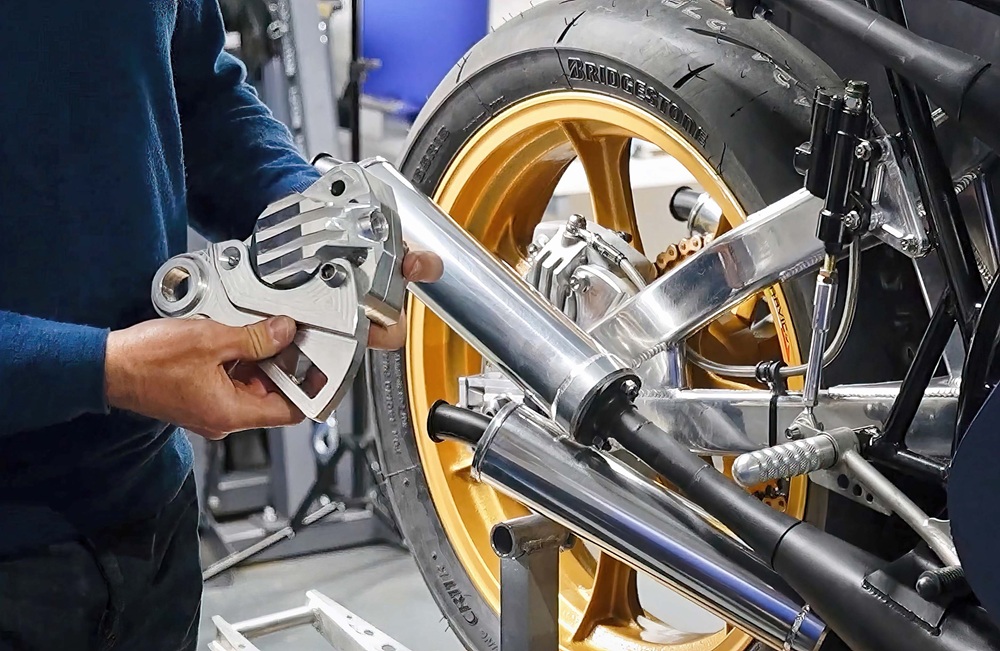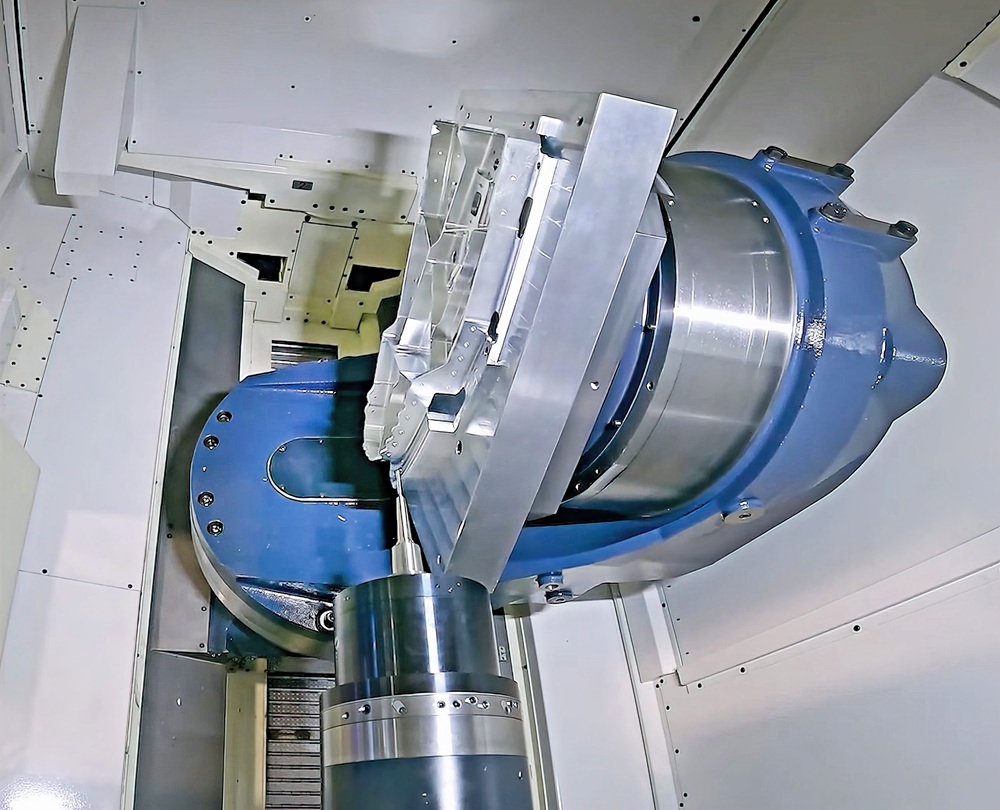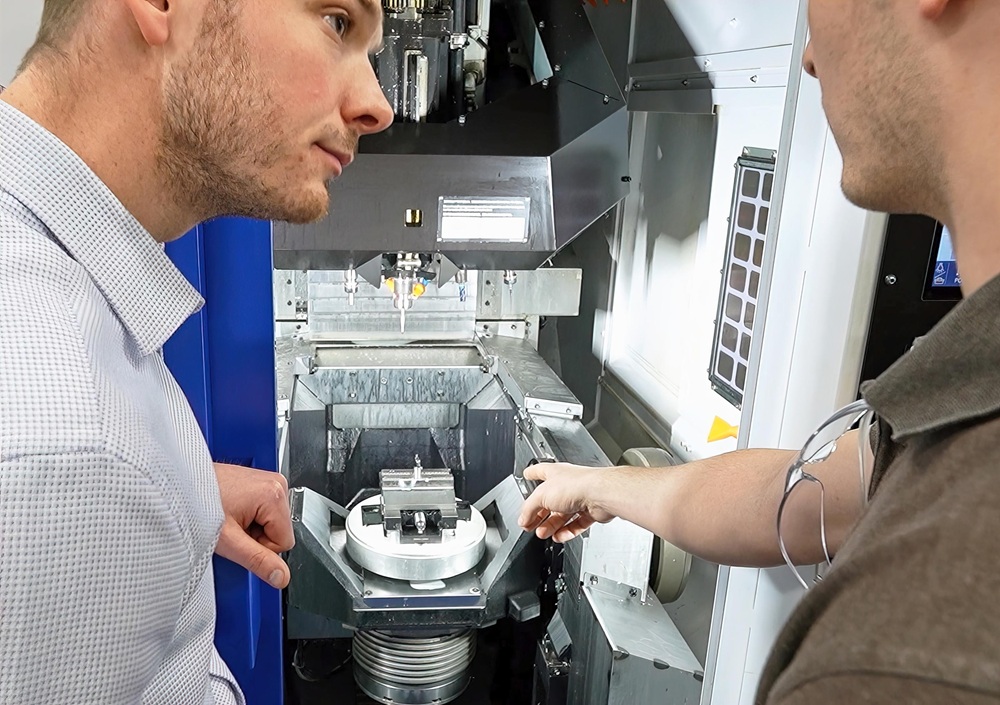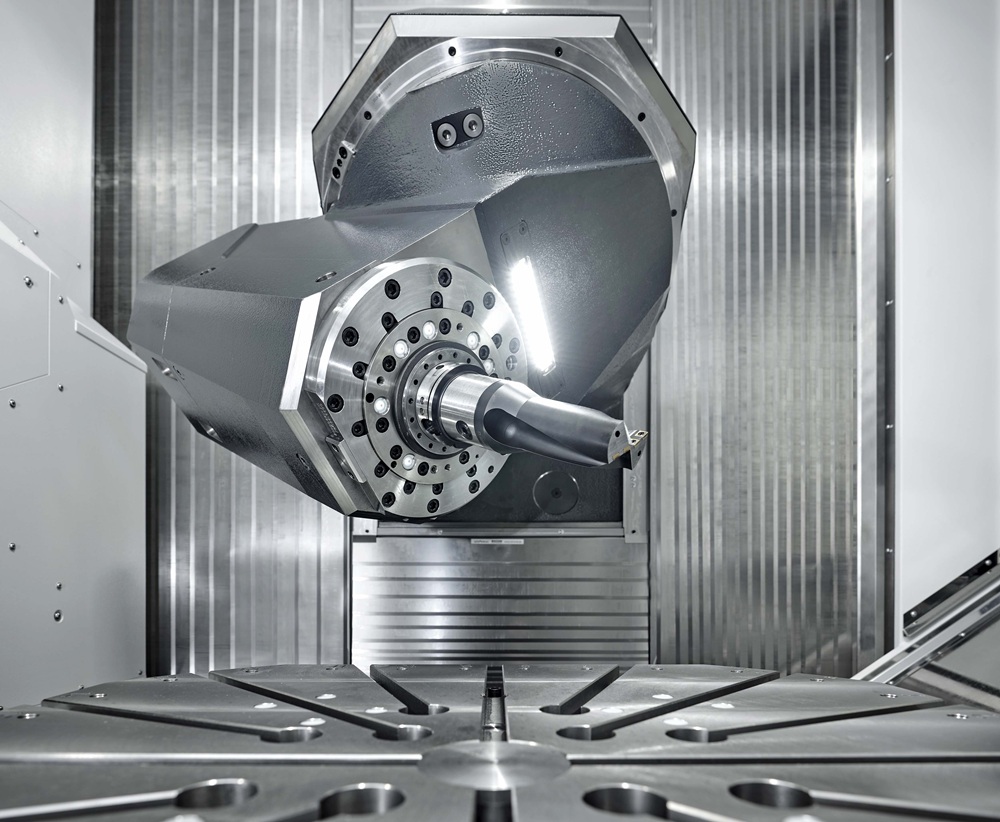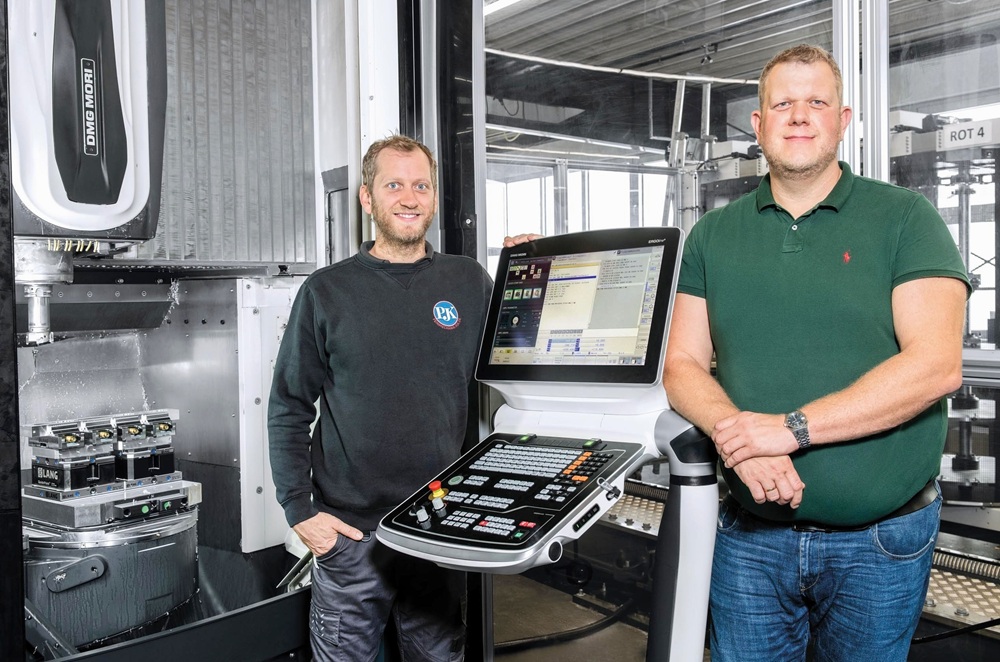Located near Dumfries, Dunbar Race Engineering was established in 2018 by Duncan Dunbar to design and supply prototype motorcycle parts and small batches of components for the motorsport market. The company also reverse engineers and remanufactures parts that are no longer available, especially for historic and emerging classic racing motorbikes. Today, the firm provides engineering and manufacturing services to other sectors as well, including parts for internal combustion engines targeting the hydrogen market.
At the outset, the company outsourced production. However, Duncan realised that to increase flexibility, reduce lead-times and ensure consistent quality, it would be necessary to progress from a home workshop and move to manufacturing in-house. So in spring 2022, he moved the company into an industrial unit and purchased a Hurco VM10i three-axis vertical machining centre with a 4th-axis rotary table.
Describing his experience of dealing with Hurco, Dunbar says: “They’re nice people to work with and the VM10i is a cracking machine. It has a large working area for its footprint and fitted neatly into the space we had available.”
To make high-quality parts to fine tolerances, sometimes as tight as ±10 µm, the manufacturer takes full advantage of both the Hurco machine’s build quality and the conversational programming of the WinMax control, which Dunbar says is easy and intuitive to use. Most work, including complex jobs requiring 3+1-axis machining, is programmed directly at the control. Tool-path simulation and verification graphics help to avoid any potential input mistakes.
“What you see on the screen is what you get on the part,” confirms Dunbar.
More information www.hurco.com






